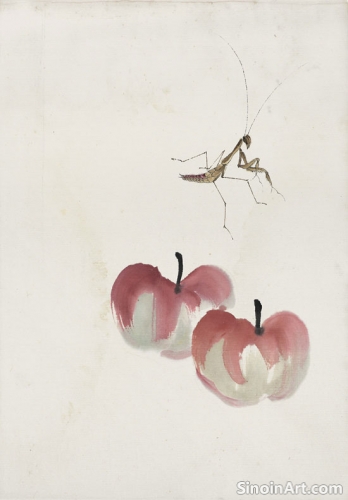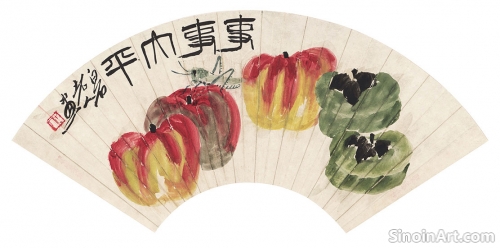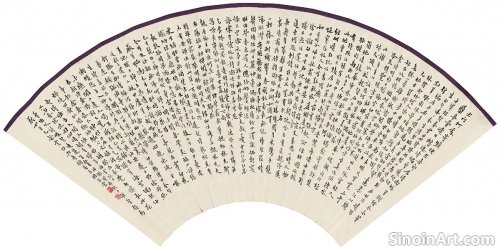The Influence of Zen Buddhism on Xieyi Painting
|
Zen Buddhism has had a significant influence on the philosophy and practice of Xieyi painting. Zen’s emphasis on mindfulness, spontaneity, and direct experience resonates deeply with the core principles of Xieyi art. The relationship between Zen and Xieyi art is profound and ongoing.  The concept of "no-mind" or mushin (無心) in Zen encourages artists to approach their work without preconceived notions or conscious effort. It emphasizes intuitive action, a state of flow where the mind is free from distraction, allowing for a more spontaneous expression through the art form.  The Zen focus on simplicity and directness aligns with the minimalist aesthetic of Xieyi. Artists seek to capture the essence of a subject with as few strokes as possible, discarding unnecessary details to focus on the core elements. The emphasis is always placed on the importance of focus and simplicity.  The emphasis on capturing the “spirit” rather than exact form in Xieyi is another connection to Zen philosophy. Zen focuses on the present moment and the true essence of things, reflecting this value through the brushstroke. By embracing spontaneity, intuition, and a direct connection with the present moment, Xieyi artists aim to create work that reflects the core principles of Zen. These works capture the essence of life, leaving an expressive, impactful mark. |
Tag : Zen Influence on Xieyi, Xieyi and Zen Buddhism, Buddhist Art and Xieyi, Spiritual Ink Painting, Zen Literati Painting
Related information
- The Essence of Expression: An Introduction to Xieyi Painting
- Xieyi and the Concept of Spontaneity
- The Significance of Composition in Xieyi
- The Concept of "Baimiao" and its Relationship to Xieyi
- The Role of Calligraphy in Xieyi Painting
This article introduces Xieyi painting, a freehand and expressive style of Chinese painting, emphasizing its focus on capturing the essence of a subject through bold brushwork and simplified forms.
Spontaneity is crucial in Xieyi painting, reflecting the emphasis on intuition, direct experience, and the expression of immediate feelings, allowing the artist to embrace imperfections and work in the moment, aligning with the principles of Chan Buddhism.
Composition, including the strategic use of negative space, asymmetrical balance, and flowing lines, is vital in Xieyi painting, guiding the viewer's eye, creating a sense of harmony, and supporting the artist's intention, despite the art form's seemingly spontaneous nature.
"Baimiao" (plain drawing) is a foundational technique in Chinese painting, emphasizing precise line drawing to define a subject's contours and forms, influencing Xieyi by shaping its underlying structure, informing composition, and contributing to the overall control and confidence seen in the best Xieyi works.
Calligraphy forms the foundation of Xieyi painting, sharing similar brushwork techniques and aesthetic principles. The concept of "bone strength" and the integration of poetry, calligraphy, and painting are central to understanding the connection between these two forms.